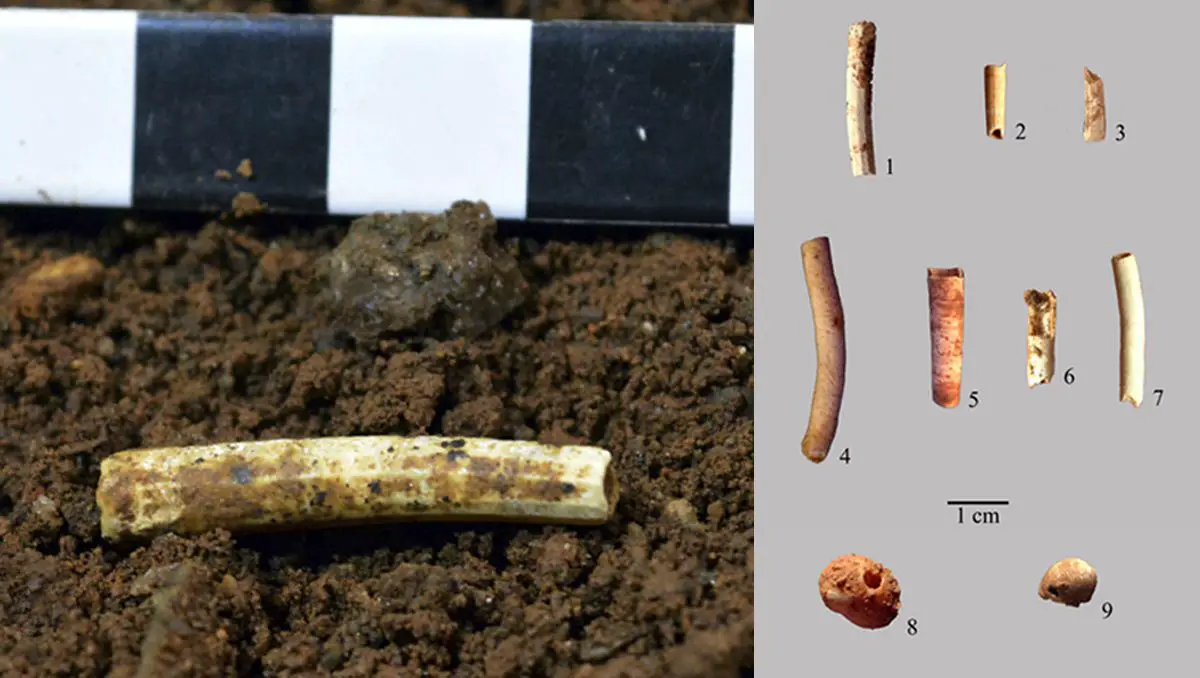Archaeologists from the University of Cádiz have discovered that early humans used seashells and fresh water shells to decorate their bodies 25,000 to 30,000 years ago.
The discovery was made during excavations in the Cave of Ardales, also known as the Cueva de Doña Trinidad Grund, an important prehistoric site in the Andalusian municipality of Ardales, Spain.
The cave was first discovered in 1821 following an earthquake exposing the cave entrance, with ongoing research finding Neanderthal artistic representations from 66,000-years ago and Neolithic funerary deposits from 5,000-years-ago.
A recent study of the cave, led by the University of Cádiz, in collaboration with the Neanderthal Museum of Colonia, the University of Colonia and the Cueva de Ardales, has found 13 shells in the cave strata that date from between 25,000 and 30,000 years ago.

According to the researchers, the shells were turned into decorative objects such as ornamental pendants as a body adornment. While the freshwater shells would have been found in local water sources, the seashells, namely molluscs, would have been transported over 50 kilometres from the coast.
Molluscs used as personal adornment in Gravettian context are scarce in the Iberian Peninsula. Less than 200 pieces have been barely found along the Mediterranean, and most of them in coastal sites.
Professor Juan Jesús Cantillo, from the University of Cádiz, said: ““it is unusual to find this type of marine remains in caves located so far inland and with such ancient chronologies. On the Mediterranean slope, only a little more than a hundred remains were known and all of them are located on the coast.”
According to the researchers, the results of the recent excavation and rock art from an earlier period suggest that the cave was used as a place for specialised symbolic activities during various phases of the Upper Palaeolithic.
https://doi.org/10.1080/14614103.2023.2218126
Header Image Credit : University of Cádiz





